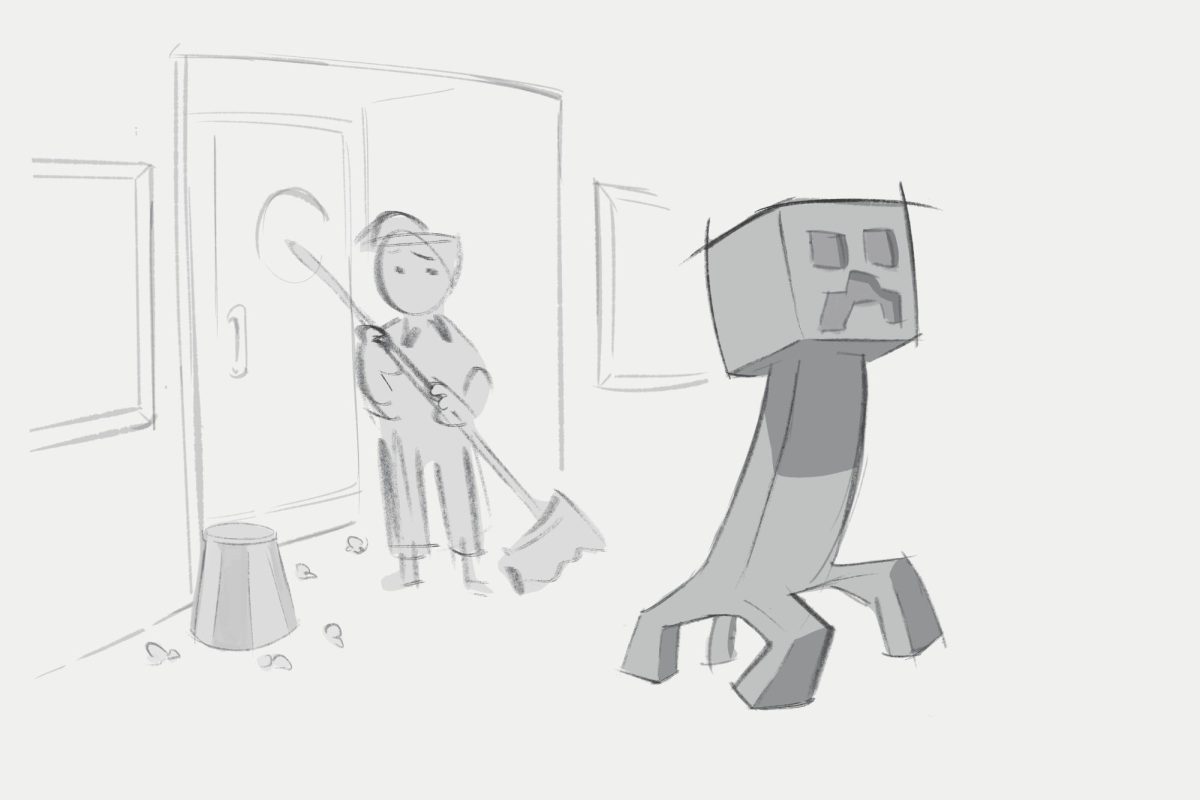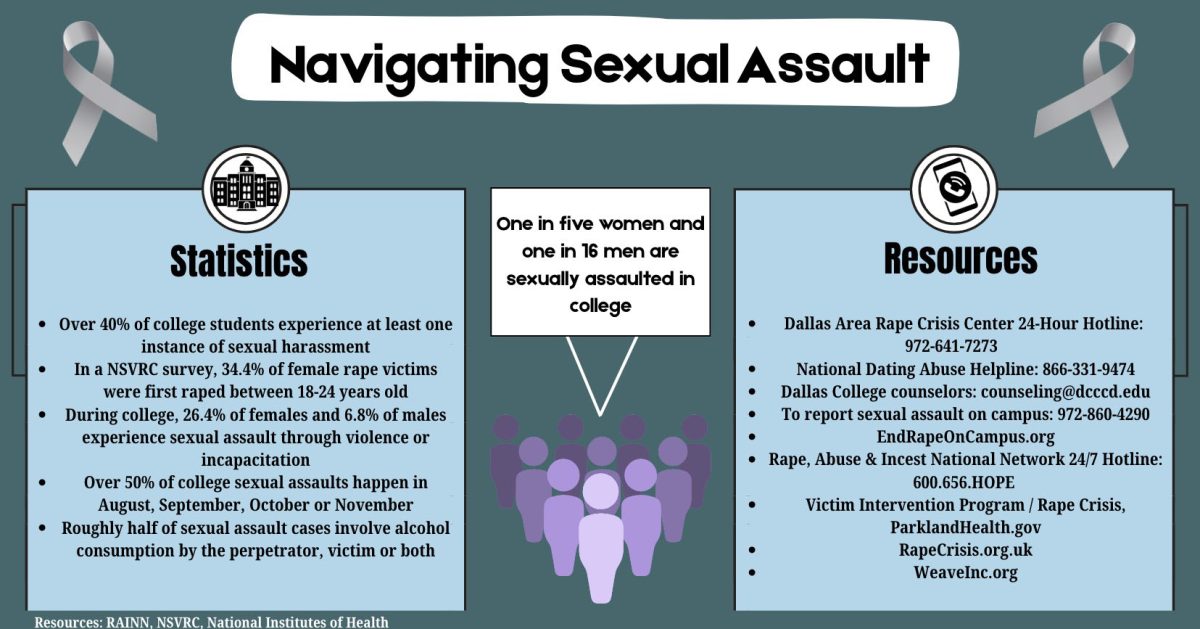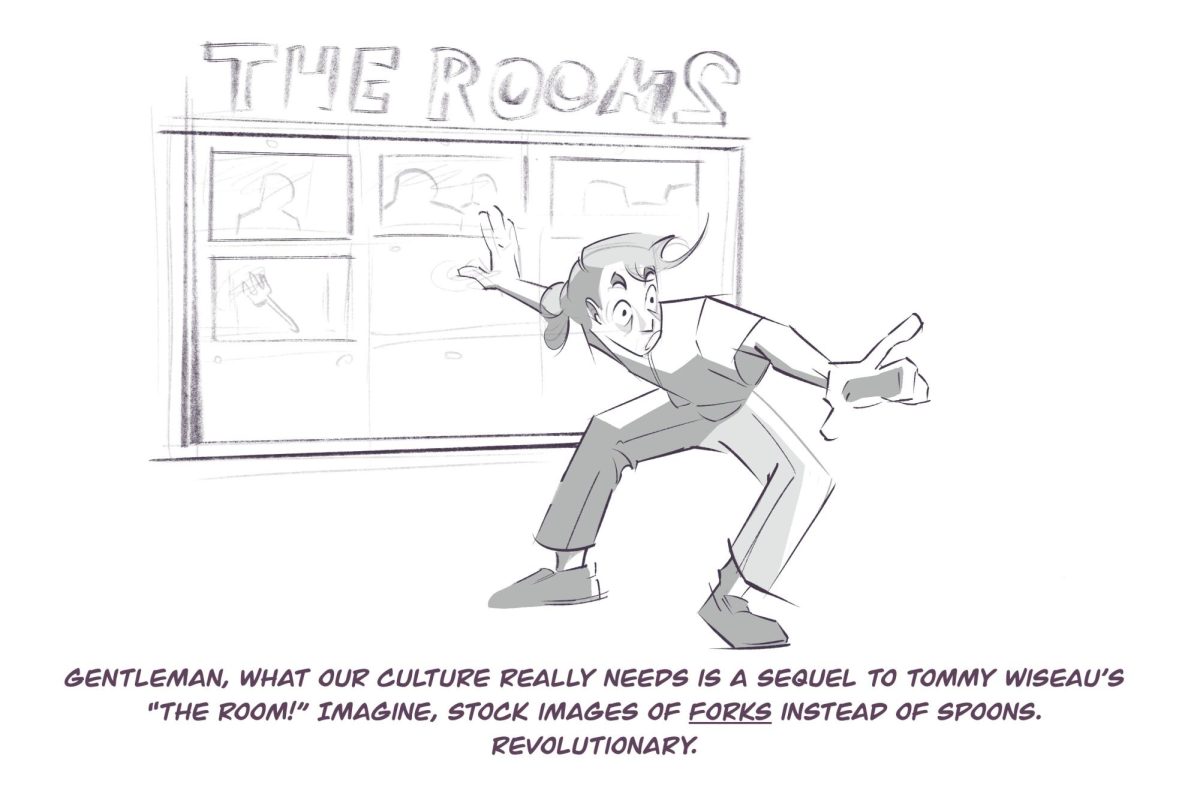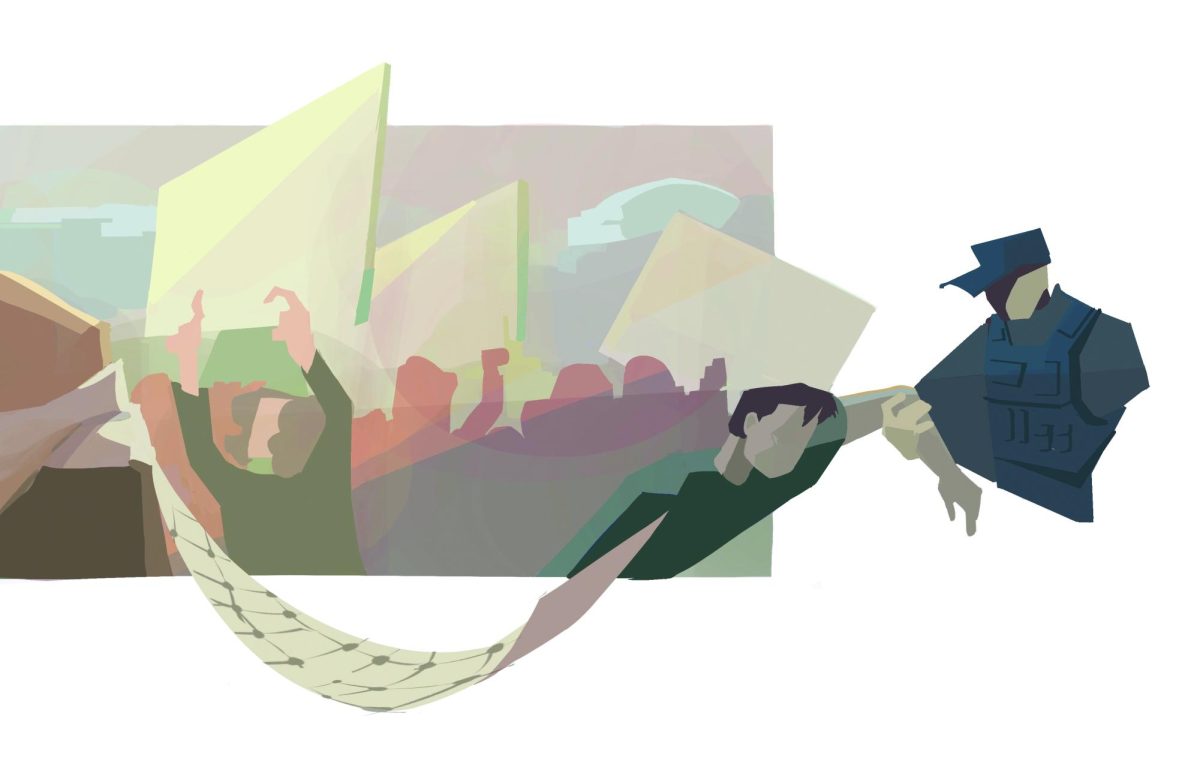By Erin Goldman
Arts & Entertainment Editor

One of my favorite scenes in the movie “Mean Girls” is when Lindsay Lohan’s character, Cady, shows up to a high school Halloween party dressed as a bloody bride in a modest dress, having missed the memo, and finds herself completely out of place.
In a voice-over, Cady says: “In the real world, Halloween is when children dress up in costumes and beg for candy. In girl world, Halloween is the one night a year when a girl can dress like a total slut and no other girls can say anything about it.” And it’s true. Walk into any Halloween costume store, and you will be surrounded by the “sexy” version of everything from firefighter to peacock to superhero.
A personal favorite is the “Igloo Cutie Sexy Eskimo Costume,” because nothing says surviving below-zero Arctic temperatures like not wearing pants.
While seeing these costumes on the shelves and on my friends gives me the heebie-jeebies, they are adults, and if they want to be a Playboy bunny one night a year, who am I to judge? But when stores carry the same vamped-up costumes in their tweens and tots sections, then I have a problem.
It’s not just the costumes themselves. It’s the names and the posing of the young models on the packaging.
A girl can’t be a soldier, she’s “Major Flirt.” On spirithalloween. com, “Major Flirt” (who cannot be older than nine) is wearing an Army green fitted mini-dress, knee-high boots and a studded choker, and she is posed with one hand saluting and the other on her hip. At Party City, the “Bad Spirit Cheerleader Costume” features a young girl who is wearing more makeup than Adam Lambert and is posing in a cropped black-and-white top with a skull and crossbones on it with a matching pleated skirt, knee-high socks and combat boots.
“These new ‘edgier’ costumes are simply reflections of pop culture,” Jackie MacDonald, a costume buyer for catalog giant Lillian Vernon, said to Newsweek in a 2010 article. “Girls today seem to like a little pizzazz. The same old princesses aren’t where it’s at anymore. We don’t want to say they’re sexier, just more confident.”
The same article notes that there is nothing inherently wrong with young girls wanting to look pretty, and “child psychologists agree that embracing and understanding their attractiveness is a key part of early-adolescent development for girls.” It’s when sexiness and body image become the only ways in which girls judge both themselves and each other that problems emerge.
According to a 2008 report issued by the American Psychological Association’s task force on the Sexualization of Girls, “Throughout U.S. culture, and particularly in mainstream media, women and girls are depicted in a sexualized manner.”
The APA task force linked oversexualization with three of the most common mental health problems for women ages 18 and older: eating disorders, low self-esteem and depression.
Even more frightening, there is evidence that suggests these issues are occuring at earlier ages. “Clinicians are reporting that younger and younger girls are presenting with eating disorders and are on diets,” Dr. Eileen Zurbriggen, professor of psychology at the University of California, Santa Cruz and task force chair, said.
However, stores would not stock racy costumes if there was not a demand. According to the New York Daily News, two of this year’s hottest costume franchises are “Monster High” and “Ever After High,” based off the popular Mattel dolls. Among the looks is “Draculaura,” yet another tiny dress with a pink corset-like vest, fishnets and platform heels.
In the Daily News article, a Mattel spokesperson said, “Last year, ‘Monster High’ was the No. 1 girls costume brand at Party City, and the retail response has been great for both brands this Halloween season.”
The rep argued that adults are responsible for sexualizing innocent kids’ costumes. “Adults bring a different lens of mature notions and experiences that children simply don’t possess,” the rep said, “Girls see the ‘Monster High’ and ‘Ever After High’ characters for who they are – relatable and humorous characters who are experiencing the trials of being a teenager in high school.”
But that is the problem. Teresa Downing-Matibag, an assistant professor of sociology at Iowa State University, said in a 2011 CNN article that dressing girls like grown women for Halloween – however harmless it may seem – communicates that they have the sexuality of adults in the bodies of children. “While little girls themselves likely have very little awareness of adult or even adolescent sexuality, or what sex is really about, the adults who are seeing them on the streets do,” Downing-Matibag said.
What we forget is that grown women consciously make the choice to dress in a sexually suggestive outfits for Halloween or any other night of the year. “She knows a sexy dress is going to garner a different reaction than Dorothy from the Wizard of Oz, but she can take precautions to stay safe from the weirdos,” according to CNN. “A child has no idea what’s going on.”
Yes, Halloween is supposed to be scary, but there is nothing scarier than an 8-year-old girl in a “sexy” bumblebee costume.






